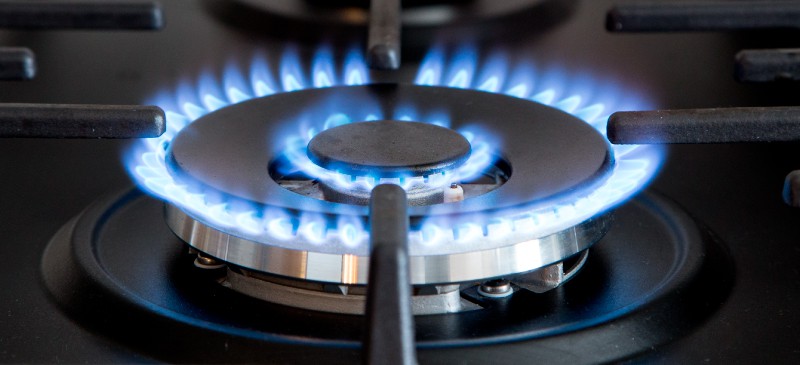This Dr. Axe content is medically reviewed or fact checked to ensure factually accurate information.
With strict editorial sourcing guidelines, we only link to academic research institutions, reputable media sites and, when research is available, medically peer-reviewed studies. Note that the numbers in parentheses (1, 2, etc.) are clickable links to these studies.
The information in our articles is NOT intended to replace a one-on-one relationship with a qualified health care professional and is not intended as medical advice.
This article is based on scientific evidence, written by experts and fact checked by our trained editorial staff. Note that the numbers in parentheses (1, 2, etc.) are clickable links to medically peer-reviewed studies.
Our team includes licensed nutritionists and dietitians, certified health education specialists, as well as certified strength and conditioning specialists, personal trainers and corrective exercise specialists. Our team aims to be not only thorough with its research, but also objective and unbiased.
The information in our articles is NOT intended to replace a one-on-one relationship with a qualified health care professional and is not intended as medical advice.
Do Our Gas Stoves Leak Climate-Warming Methane? Yes
March 18, 2022

It’s a routine that many of us do every day, often several times: Turn on our gas stovetop and/or oven when cooking our dinner. When we do so, we’re releasing climate-warming methane into our home beyond.
Not a huge deal because we don’t run the stove very long, right? Well, as revealed in a recent peer-reviewed study published in the journal Environmental Science & Technology, it turns out that these natural gas cooking appliances also release methane up into the atmosphere even when off, primarily through small, persistent leaks.
What does all this mean? Are gas stoves bad for you? Let’s discuss.
Study Findings: Methane and NOₓ Emissions from Gas Stoves
The question had bothered scientists for years. Why had methane concentrations in the atmosphere risen to such record levels? Well known culprits included the natural gas industry (mostly leaks from its pipelines), livestock and landfills.
But in cities, researchers discovered that pipeline leaks could not produce the high methane levels — and that gas-burning appliances inside residences may be the other chief source.
Study authors noted that gas stoves leak methane when they’re burning as well as when you turn them on and off. However, they were shocked to find that nearly 75 percent of the methane emissions from the stoves emerged when the stoves weren’t even on.
The gas-powered stove (stovetop and/or oven) exists in roughly 40 million American homes. Such a persistent release of methane is apparently equivalent to the annual carbon dioxide emissions of 500,000 cars.
In addition, when on, our stoves also release NOₓ (nitrogen oxides), a wicked combination of nitric oxide and nitrogen dioxide and which have direct and indirect effects on human health. NOₓ can cause breathing and lung problems, headaches, eye irritation, loss of appetite and even corroded teeth. Indirectly, it can damage the ecosystems that both humans and animals rely on in water and on land.
Scientists stated that families that don’t use range hoods, have poor ventilation and/or have small kitchens, need to be aware that NOx emissions can often pass the national standard of 100 ppb within just a few minutes of stove use.
What It Means
So, if you own a gas stove, methane is being released through small, persistent leaks while NOx gets released while in use. Both damage the climate and degrade indoor air quality, though methane leaks don’t rise to the level of an indoor air health threat.
Keep in mind that pipelines and refineries, of course, leak far more greenhouse gases … and that gas furnaces and water heaters actually use more natural gas. But any methane is too much methane, as it can warm the climate more than 80 times in a few decades compared to carbon dioxide. As such, it’s the second-biggest contributor to climate change.
Climate advocates now argue that natural gas systems are simply too leaky and dangerous for climate health to continue using. This study may even convince certain cities to transition away from natural gas.
Meanwhile, the study also noted that the bigger the burner, the worse the nitrogen oxide emissions. In fact, a 2013 International Journal of Epidemiology study showed that children in homes with gas stoves are 42 percent more likely to have asthma than children whose families have electric stoves, chiefly because of relatively high levels of nitrogen dioxide. For any home with an asthmatic (including mine), that will get your attention.
The Environmental Protection Agency estimates climate-warming emissions from all types of homes, and this study now indicates that it’s significantly underestimated how much methane and nitrogen oxide is coming from stoves as well as other household gas appliances.
Next Steps
Increasingly, you will see a shift from gas stoves to electric stoves in residential properties and beyond. Some consider the best option to be the induction stove, which relies on a magnetic field for heat.
City, state and federal policy will follow suit. In fact, some city councils already began the process of getting rid of gas in new buildings. In December 2021 in New York City, for example, all new hookups to gas in new construction are outlawed, beginning at the end of 2023. The states of California and New York may go in the same direction next.
Of course, for existing homes, this transition will be slower and will be harder to regulate, as well as more controversial. The natural gas lobby is already going full steam in trying to prevent any new legislation regarding a transition away from gas.


